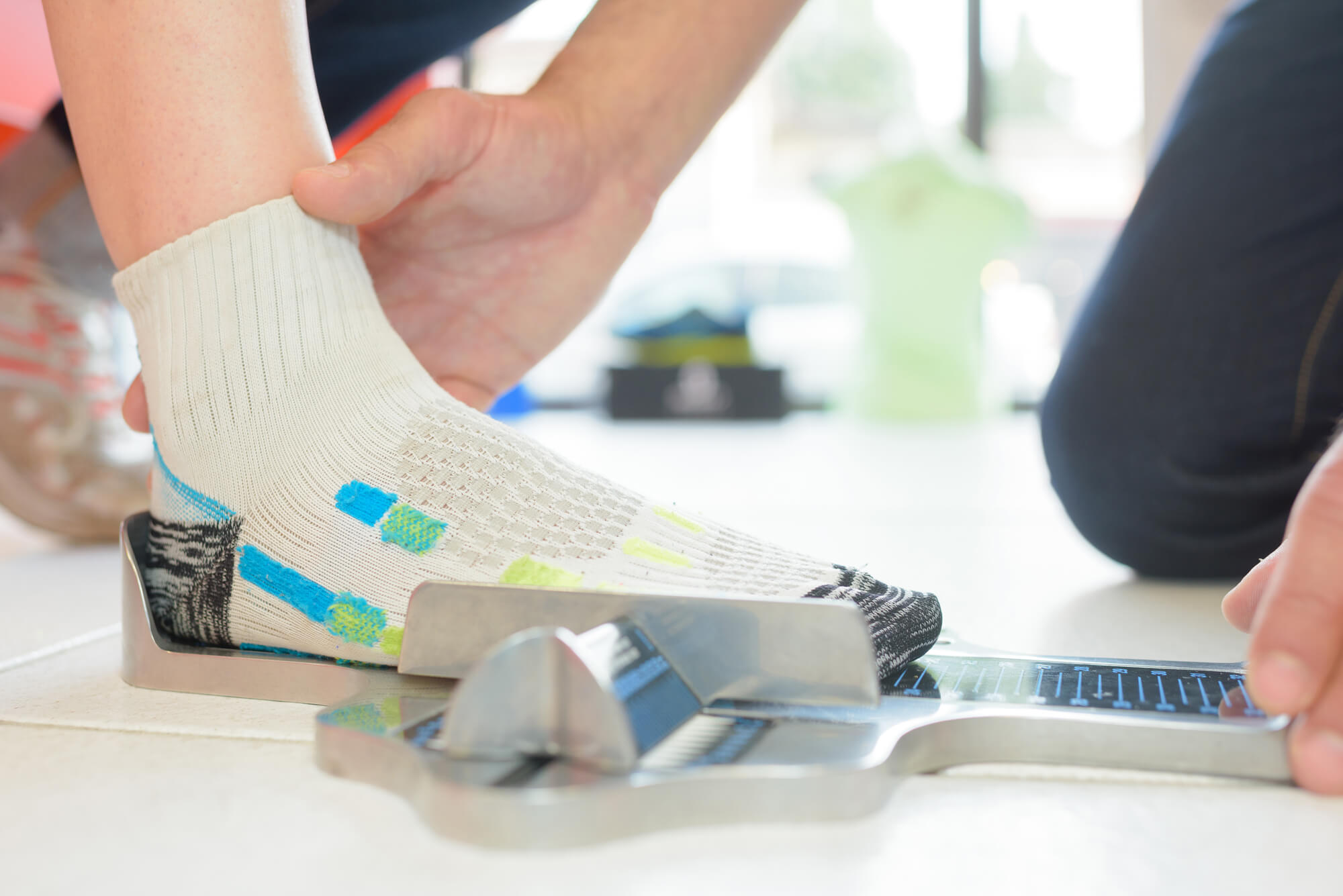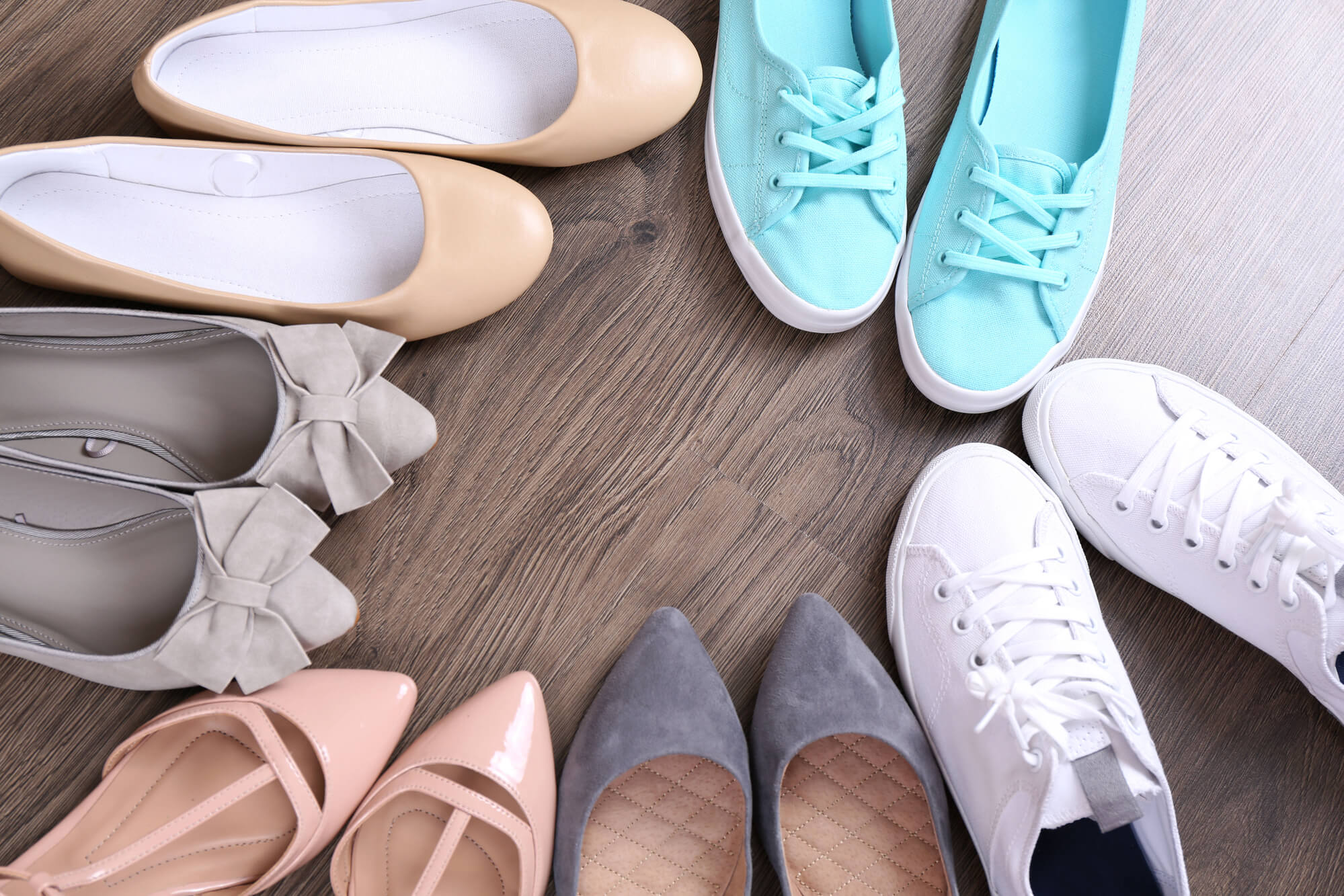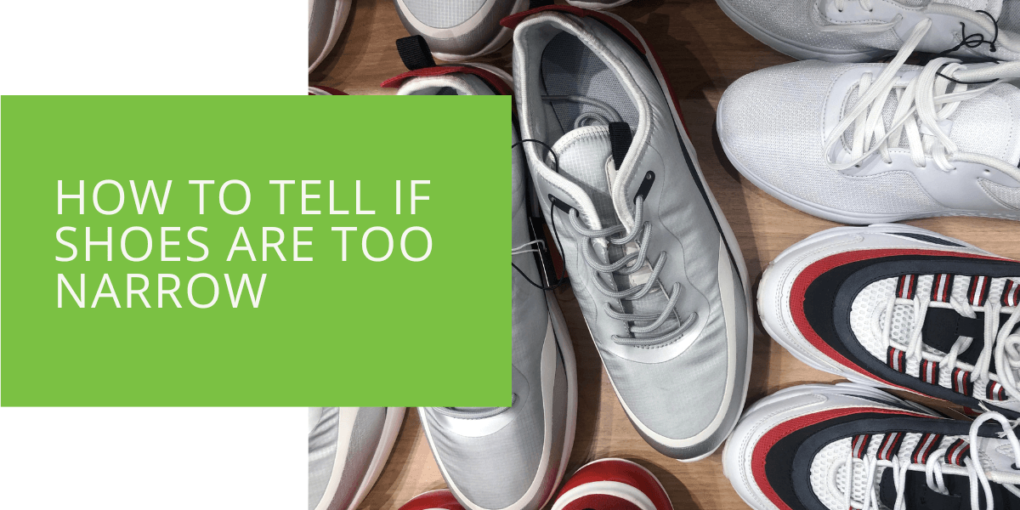How to Tell If Shoes Are Too Narrow
Finding the perfect pair of shoes goes beyond style and fashion. It's essential to prioritize proper fit and comfort to maintain foot health and prevent various foot problems. This article will explore how to tell if shoes are too narrow, specifically focusing on running shoes. Understanding the signs of an ill-fitting shoe and learning to find the right size will help you enjoy your footwear while keeping your feet happy and healthy.
The Significance of Choosing the Right Size
Selecting the right shoe size is vital for foot health and overall comfort. Wearing shoes that are too narrow can lead to a range of foot problems, including blisters, corns, calluses, bunions, and even structural issues. Ill-fitting shoes can restrict natural foot movement, cause discomfort, and potentially impact your gait. Therefore, paying attention to the size and fit of your shoes is crucial.
Evaluating the Fit of Running Shoes
When it comes to running shoes, proper fit is of utmost importance. Running involves repetitive impact and foot movement, which places additional stress on the feet. Here are key aspects to assess when determining if running shoes fit properly:
Toe Box Space and Wiggle Room
The toe box should provide ample space for your toes to move comfortably. You should be able to wiggle your toes without feeling cramped or restricted. Make sure there's enough room for your longest toe, typically the second or third toe, to move freely.
Width Across the Forefoot
Check if the width of the shoe is appropriate for your foot. Your foot should sit comfortably and naturally without feeling squeezed or too loose. A snug, but not overly tight, fit is ideal. Look for running shoe models in different widths to accommodate various foot shapes.
Arch Support and Alignment
Running shoes should provide adequate support and alignment for your foot arches. The shoe's arch should correspond with your foot's natural arch. Proper arch support helps distribute weight evenly, reduce strain, and maintain proper alignment during running.
Heel Fit and Stability
The heel of the shoe should fit snugly and securely with minimal slippage. Your heel should feel comfortably cradled without excessive movement. A well-fitting heel provides stability and prevents discomfort or blisters caused by friction.

Signs That Your Shoes May Be Too Narrow
Recognizing the signs that your shoes might be too narrow is essential for identifying an ill-fitting pair. Pay attention to the following indicators:
Physical Discomfort or Pain
If you experience discomfort, pain, or pressure on specific areas of your feet while wearing shoes, it may indicate that the shoes are too narrow. Common areas of discomfort include the toes, sides of the foot, and the ball of the foot.
Numbness or Tingling Sensation
If you notice numbness or tingling in your toes or feet after wearing shoes for a period, it could be a sign of restricted blood circulation due to tightness or narrowness of the shoes. This sensation should not be ignored, which can lead to further complications.
Redness, Blisters, or Calluses
Check for redness, blisters, or calluses on your feet after wearing shoes. These can indicate areas of excessive friction and pressure resulting from the shoes being too narrow. Continued wear of ill-fitting shoes can lead to painful blisters or calluses.
Measuring and Assessing Shoe Width
To ensure proper shoe fit, measuring and assessing your foot width accurately is important. Follow these steps to measure your foot width at home:
- Place a blank piece of paper on a hard surface.
- Stand with one foot on the paper, distributing your weight evenly.
- Trace the outline of your foot with a pen or pencil.
- Measure the widest part of your foot, typically across the ball of the foot.
- Repeat the process for the other foot and compare the measurements.
Shoe width is often indicated by alphabetical labels, such as Narrow (N), Medium (M) or Regular, Wide (W), and Extra Wide (XW). Different shoe brands may have varying width options, so try different sizes and widths to find the most comfortable fit.

Tips for Shoe Shopping and Fit Evaluation
When shopping for shoes and evaluating their fit, consider the following tips:
- When your feet swell, shop for shoes later in the day or after physical activity. This ensures you choose a size that accommodates your foot's maximum dimensions.
- Use the thumb-width rule to check for adequate toe box space. Press your thumb against the end of the shoe near the longest toe. There should be approximately a thumb's width of extra room between your longest toe and the end of the shoe.
- Walk around in the shoes and pay attention to how they feel. Take note of any discomfort, pressure points, or slipping.
- Use shoe inserts or insoles to customize the fit and provide additional support or cushioning.
Seeking Professional Guidance
If you have persistent foot pain or difficulty finding the right shoe fit, it's advisable to seek professional guidance from a podiatrist or footwear specialist. They can conduct a comprehensive foot analysis, evaluate your gait, and provide personalized shoe selection and fit recommendations. Additionally, individuals with specific foot conditions, such as bunions or foot deformities, can benefit from expert advice to find suitable footwear options.
Conclusion
Choosing shoes that fit properly is crucial for maintaining foot health and preventing problems. By understanding how to tell if shoes are too narrow, evaluating the fit of running shoes, and following expert tips for shoe shopping, you can find the perfect fit that provides comfort, support and promotes overall foot well-being. Prioritize the right size and fit when selecting footwear, and remember to seek professional guidance when needed. Take care of your feet, and they will support you on your daily adventures comfortably and easily.
Key Takeaways
- Evaluating the fit of shoes is crucial to ensure proper foot health and prevent discomfort. Signs that shoes may be too narrow include physical discomfort, numbness, tingling, and the development of redness, blisters, or calluses.
- Pay attention to key aspects such as toe box space, width across the forefoot, arch support, and heel fit when assessing shoe fit, especially in running shoes.
- Taking accurate foot measurements, utilizing fit evaluation techniques, and seeking professional guidance is essential for finding the right shoe size and width to maintain optimal comfort and foot well-being.
FAQ
What happens if your shoes are too narrow?
Wearing shoes that are too narrow can lead to various foot problems. It can cause discomfort, pain, and pressure points and restrict natural foot movement. It may result in blisters, calluses, and corns and even contribute to structural issues over time.
How do I know if my toe box is too narrow?
If your toe box is too narrow, you may experience discomfort and pressure on your toes. Your toes may feel cramped, squeezed, or restricted. You might also notice redness, numbness, or tingling sensations in the toes.
Can you stretch shoes that are too narrow?
Sometimes, slightly narrow shoes can be stretched to provide a better fit. However, it depends on the material and construction of the shoes. It's advisable to consult a professional cobbler or shoe repair specialist for guidance on stretching narrow shoes.
Are narrow shoes bad for your feet?
Narrow shoes can be bad for your feet if they do not provide enough room for your feet to move naturally. They can cause discomfort and pain and contribute to foot problems like bunions, hammertoes, and other structural issues. It's important to find shoes that offer the right width and accommodate the shape of your feet.

